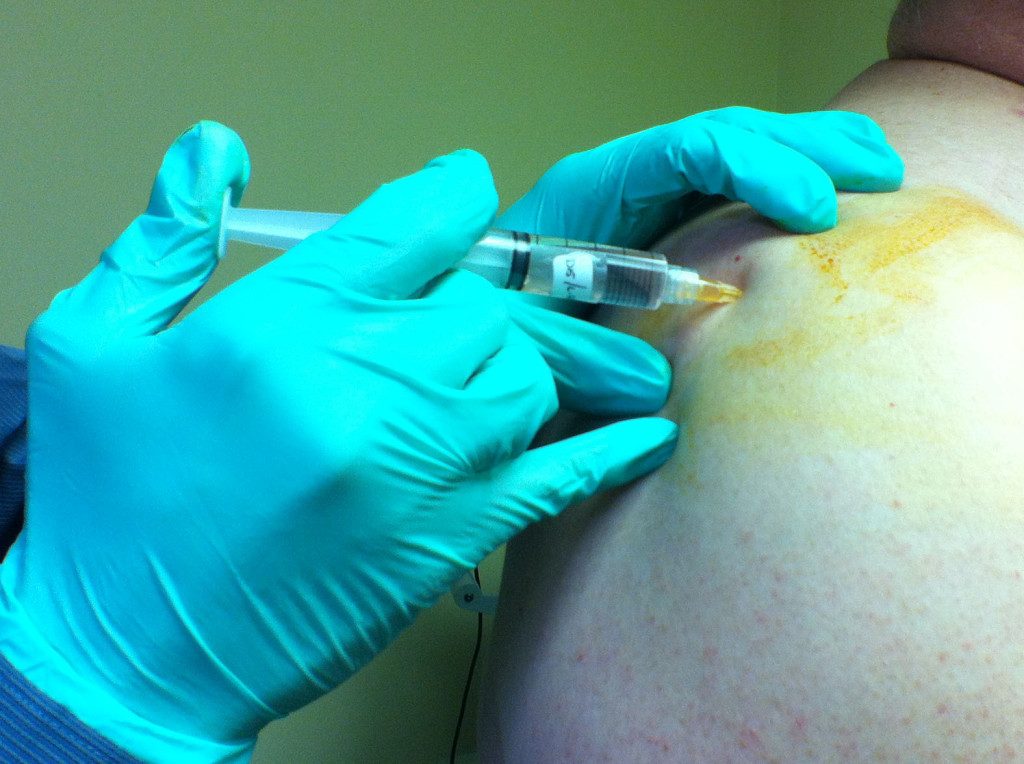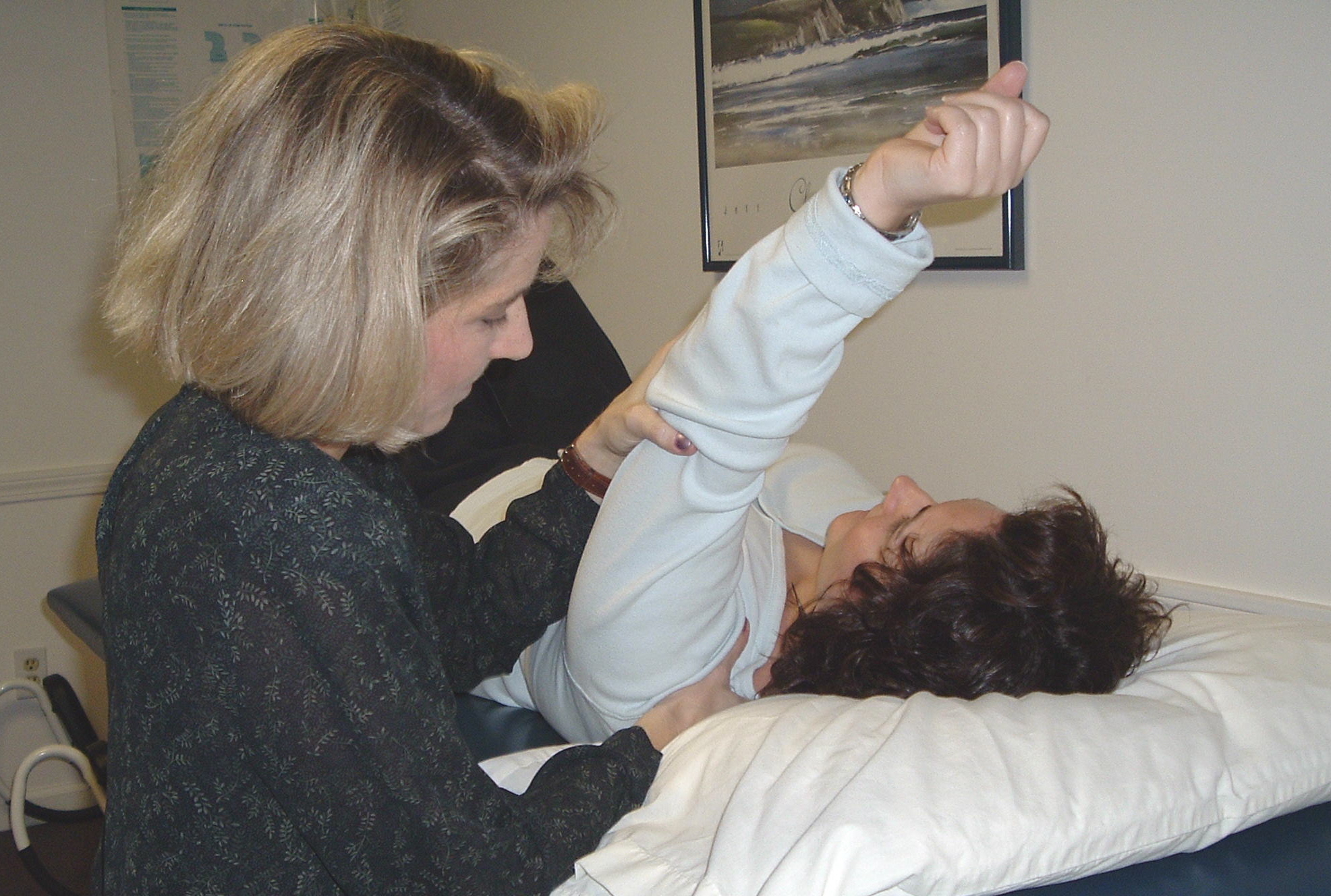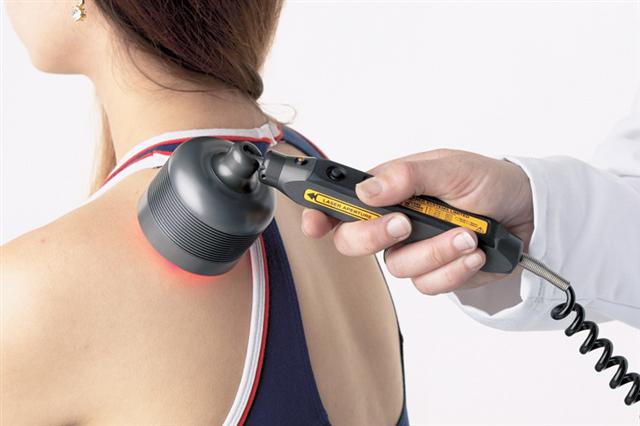Shoulder Pain? Don't be so quick to get a cortisone injection.
/Physical Therapy has been found to be just as, or more effective, as corticosteroids, and is a less costly, non-invasive option.





Many times shoulder pain is the result of overexertion and/or imbalance of the shoulder muscles. The classic case is the overhead athlete (baseball player, especially pitcher, swimmer, tennis player, etc.) However, many of us provoke shoulder pain/injury doing less obvious activities such as yard work, housework, painting, even carrying a briefcase.
What to do if you feel pain?
STOP doing the activity that provoked the pain. Then apply ICE to the painful area.
There is an acronym to remember RICE: Rest, Ice, Compression, Elevation
Some people may tell you to apply heat to a painful injury. I disagree. Ice will never harm you, if you apply it correctly. Never apply ice directly onto skin; it can burn you. Always place a protective layer between your skin and the ice (a paper towel or pillowcase works well)
The Body’s Healing Process
From the moment a muscle strains or a ligament tears, your body goes to work to repair the damage. Here’s what happens at each stage of the healing process:
At the moment of injury: Chemicals are released from damaged cells, triggering a process called inflammation. Blood vessels at the injury site dilate (enlarge) to increase blood flow needed to carry nutrients to the site of tissue damage.
Within hours of injury: White blood cells (leukocytes) travel down the bloodstream to the injury site where they begin to tear down and remove damaged tissue, allowing other specialized cells to start developing scar tissue.
Within days of injury: Scar tissue is formed on the skin or inside the body. The amount of scarring may be proportional to the amount of swelling, inflammation, or bleeding within.
When to seek medical care?
There are some situations where you should seek immediate medical care. If you suspect a broken bone, or can see a bone protruding through skin, there is obvious need for immediate medical attention. Other signs of a broken bone include: immediate profuse swelling and/or bruising at a joint, limb/joint looks out of place or seems to be at the wrong angle, numbness in the limb, inability to move the limb or joint.
If you do not start to feel a reduction in pain or swelling using the RICE concept within 24 hours, you should seek medical care. A physical therapist can evaluate your injury and provide information, guidance, and treatment to expedite your body’s healing, and restore your function.
If your pain is so severe that you are unable to perform the exercises your physical therapist prescribes, it may be necessary to have a cortisone injection. However, the purpose of that injection is to reduce inflammation and pain so that you are able to tolerate the exercises that are necessary to achieve full recovery.
At Mrowka Physical Therapy, we developed our SCORE Shoulder Program to target the Scapula Stabilizers, Rotator Cuff, and CORE to correct the muscle imbalance and core weakness that makes people susceptible to shoulder pain and injury. We have helped scores of people with shoulder injuries--from the average Joe to professional athlete. We can help you too!

